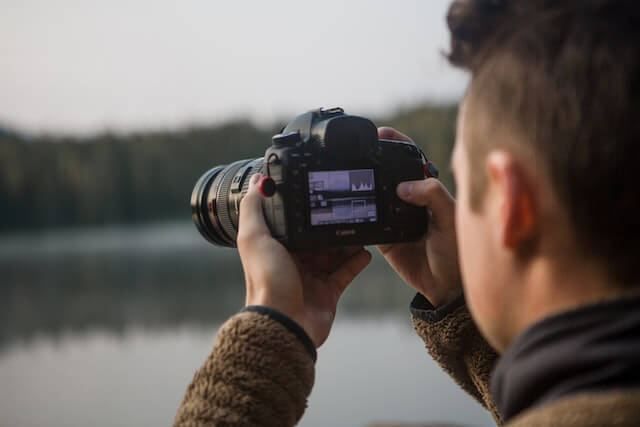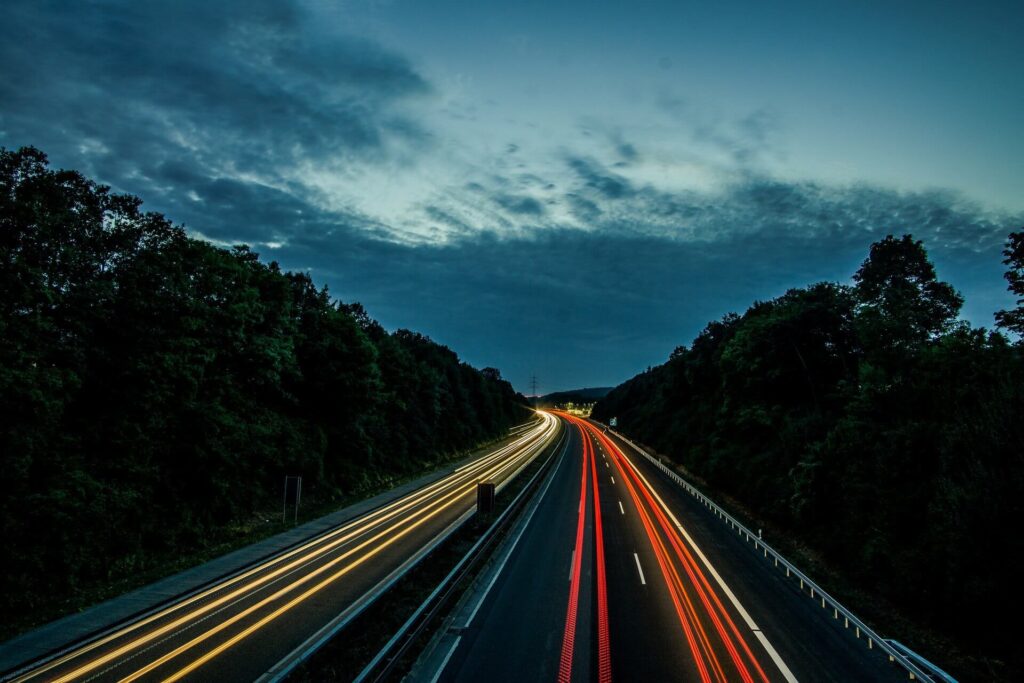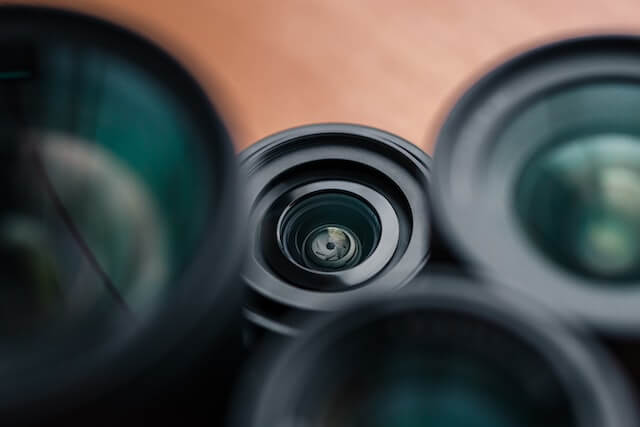Photography is an art form, and it relies on both creativity and technical know-how. One of the most important tools a photographer can use to ensure their images are of the highest quality is the histogram. A histogram is a graph that summarizes the range of tones in a digital image and it will help any photographer understand how an image has been captured, and how to control the energy and light in the frame.
In this article, we’ll explore the basics of histogram in photography, and how to use it to enhance the quality of your photography.

Exploring the Basics of the Histogram in Photography
A histogram is a graphical representation of the tonal values of an image. It’s made up of a series of 256 vertical bars that represent the tones in an image from black (on the left-hand side) to white (on the right-hand side). Since each bar is the same width and height, the darker tones that appear in the image will appear in darker shades than the ones that appear brighter.
The histogram will give you an insight into how much light is available in the frame and how it has been recorded by your camera. Understanding the look of a histogram will help you make educated decisions when it comes to manipulating your image in post-production and adjusting the exposure.
A Guide to Learn the Power of Histogram in Photography
Histograms can be used for a variety of different purposes. In the first instance, it can help to identify any exposure problems that may be present in your image. Are there any areas that are overexposed or underexposed? Are there any colour casts present in the scene?
It can also be used to help you create the perfect balance between light and dark areas. If there are any overly bright or dark areas in your image, you can easily adjust them using the histogram.
Moreover, it can be used to identify accurate exposure levels. By looking at the histogram and adjusting the exposure accordingly, you can ensure that you’re capturing the right amount of light in your image.
Shedding Light on the Histogram in Photography
When you’re shooting in a manual mode, you should be aware of or familiar with the Histogram. Keep in mind that your Histogram serves as a visual tool to help you identify problem exposure areas as you frame and trigger your shots.
When framing your shots, keep an eye on the Histogram so that you don’t overexpose or underexpose the frame. If you see that most of the bars are to the left or to the right, then it’s likely that you’re either overexposing or underexposing your image.
If there is a large spike towards the left or the right, then this indicates that you need to adjust your settings to bring down the exposure. This should be done before triggering the shot, so that you can make sure that the exposure is perfect.
How to Map the Histogram to Enhance Photography Quality
The Histogram is also a great tool to use when you’re editing pictures in post-production. The Histogram will help you improve the quality of your digital images by ensuring that they contain a good range of tones.
If there are too many dark tones in the image, you can use the Levels tool in Photoshop or another post-production software to adjust the Histogram accordingly. If there are too many bright tones, you can use the same tool to reduce the exposure of the image. In this way, you can use the Histogram to shape the photograph and enhance its overall quality.
In addition, Histogram can be used to fine tune color-correction. By analyzing the Histogram, you can easily identify any color casts or incorrect levels in the image. You can then use the color-correction tools in the post-production software to correct any issues.

Get Started with Utilizing the Histogram in Photography
So, there you have it. A comprehensive guide to understanding how the Histogram in Photography can help to improve the quality of your images. When it comes to photography, knowing how to make the most out of the Histogram is essential. Once you master the fundamentals of the Histogram, you’ll be able to use it to create stunning images.
Now, it’s time to get out there and start experimenting with the Histogram!
Conclusion
The Histogram is an incredibly powerful tool for any photographer. It can be used to identify any exposure issues, adjust the light and dark tones of an image, and fine tune the color corrections. As such, mastering the Histogram can really help to improve the quality of your photography. So, take the time to learn the fundamentals and experiment with it – you won’t regret it!
Thanks for reading to the end. Your support means the world to me! If you’re interested in seeing some of my best photography work, check out the Gallery or my Instagram. Some of my images are also available as photo prints, with a selection of my favorites HERE.





I do not even know how I ended up here, but I thought this post was great. I don’t know who you are but definitely you are going to a famous blogger if you are not already 😉 Cheers!